Virtual Reality (Augmented Reality), Mixed Reality (Mixed Reality), which are so similar, the people who eat melons say that they are stupid and unclear, and found that even people in the industry can hardly say it in a few words. And the boundaries between VR, AR, and MR are constantly blurred with the iterative update of technology, and even XR appears. Then how do we distinguish them correctly? Let's take a look.
Jimmy B. Nguyen, a product designer from The Knot who developed VR applications for HTC Vive, shared his understanding of these different definitions and his lessons in designing virtual reality on Medium. The compilation is compiled as follows:
What is VR?
The term virtual reality refers to a computer-generated three-dimensional environment in which people can explore and interact. Fundamentally, virtual reality brings people into another world.
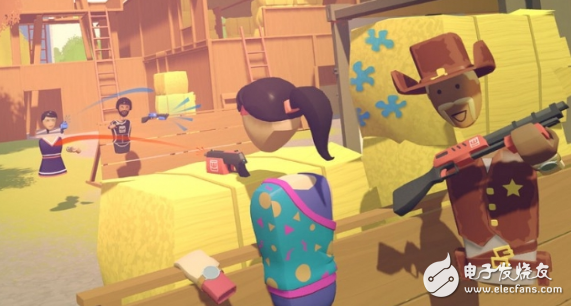
(Jimmy's favorite VR experience: Rec Room. These avatars are playing color guns)
Just as you are immersed in reading novels and imagine yourself and the characters in the novel living in the same world, virtual reality will kidnap your senses and bring you into a world created by others, you become part of the story.
However, not all VR head functions are the same. The distinction between high-end headlights and low-end headlines is mainly the Degrees of freedom.
Three degrees of freedom (3DoF)
Imagine you have an airplane in your hand that can perform three rotational movements: rotation, rolling, and pitching.
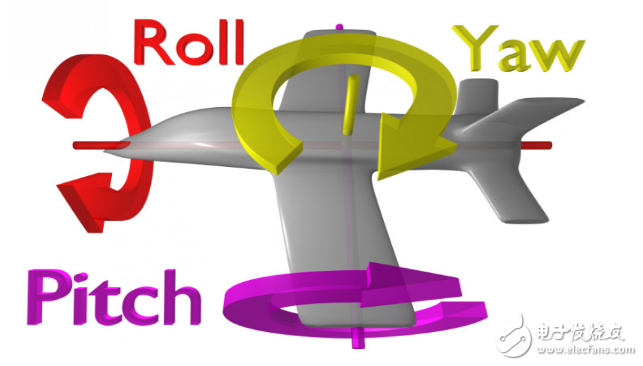
Some cheap cell phone boxes such as Google Cardboard and Samsung Gear VR can detect 3 degrees of freedom by relying on the phone's sensor.
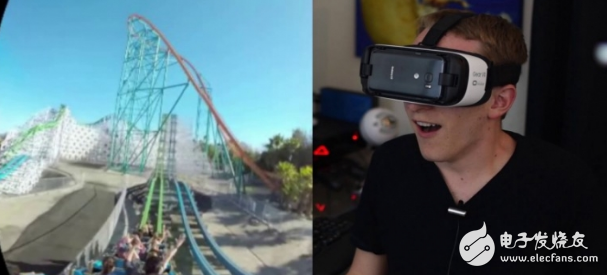
With a 3 degree of freedom head display, you can rotate your head to see the virtual world. But if you move your body forward and backward, the content of the virtual world will not change. The 6-degree-of-freedom head shows you a true VR experience.
6 degrees of freedom (6DoF)
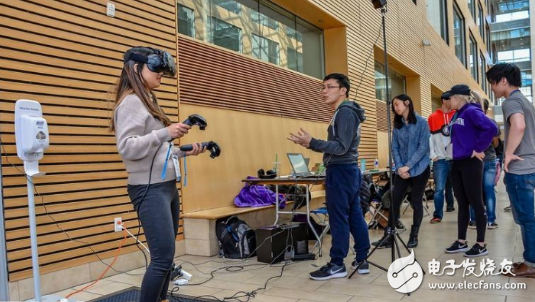
The 6-degree-of-freedom head display not only rotates around the X, Y, and Z axes like 3 degrees of freedom, but also tracks parallel movements on the XYZ axis.
High-end head-ups like HTC Vive and Oculus Rift use external sensors to track the position of the head and controller. After sensing these sensors, you have a VR experience area where you are in virtual motion with you in this area. The movement of the world is consistent.
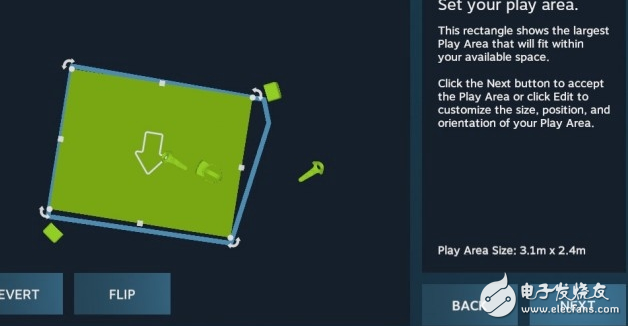
In the Rec Room, I was often asked how do I avoid objects thrown by others? The answer is simple, you just need to kneel down!
What is AR?
The Oxford Dictionary's interpretation of AR is that AR refers to the superposition of computer-generated avatars in the real world, providing a hybrid vision.
There are currently two levels of AR: High Fidelity AR and Low Fidelity AR.
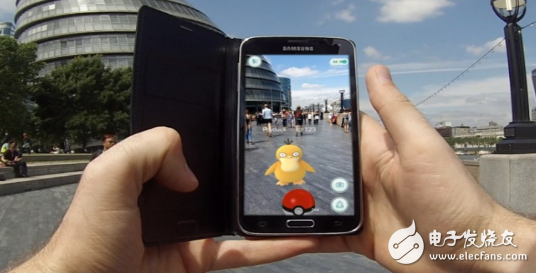
Remember Pokemon Go? This is the representative of low fidelity AR. Pokemon does not recognize the environment, but simply superimposes the virtual image on the camera's image.
What kind of AR is high fidelity? Computer generated images must be placed at a certain point in the real world.
What is mixed reality? (mixed reality / high fidelity AR)
The word MR is closely linked to Microsoft HoloLens. If the reachable duck in Pokemon Go is behind the lamppost and people need to go over to see it, then it can be said that this is MR/high fidelity AR. When the reachable duck is really positioned behind the lamppost, you may be obscured by other objects when you look in that direction.
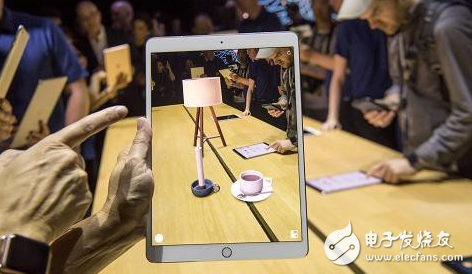
(Apple ARKit)
In order to maintain the inertia of the terminology, in the following articles, I use AR to refer to low-fidelity AR and MR to refer to high-fidelity AR.
The main advantage of MR compared to VR is flexibility. When you use VR, you are completely immersed in another world and it is difficult to interact with the real world. When using MR, real-world information is the main one. For example, MR can be used to see if a new sofa matches your living room and you can guide your visitors to find your address in AirBnb software.
Lessons I have learned
I have developed several VR projects and demonstrated VR for a large number of people. I hope that my lessons will be helpful to those who want to develop VR.
Lesson 1: No one looks at the text
Easy Chef is the first VR project I participated in. The goal of this project is to show people how to cook healthy food is very simple. We provide the ingredients for the user, and the user can get the cooked food after cutting the vegetables, setting the plate and putting the pot. We start by the text description to guide the user, press the green button next to the text to enter the next one.
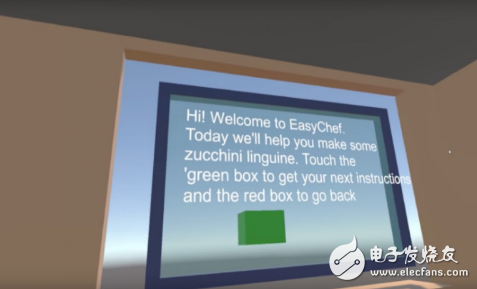
We showed our project to 5 users, and no one noticed all the text information we provided. We have to tell them through headphones what to do. When many people try VR for the first time, they will completely lose control of the environment because they come to a strange place.
In this way, it is very difficult for them to grasp the environmental information. The text descriptions we gave were completely ignored and did not play a guiding role.
In retrospect, I should guide them with spatial sounds and meshes or supplemental voice commands.
Lesson 2: Users need a learning process
So far I have only developed for HTC Vive, HTC controller is not everyone can directly get started. I tried to add a tool description on the controller to tell the user what they should do, but many users didn't look down at their hands at first. I think this is because in the real world, users will not stare at their own hands. Basically, designing a reliable preparation process can be important, otherwise the user may be confused or disappointed.
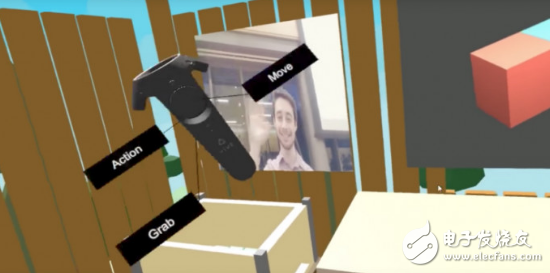
Lesson 3: Pay attention to the user's starting point
On the web and mobile side, there is a concept called above-the-fold, which is the page that users see when they just enter the slide-free operation. This can also be applied to VR, just as in the real world, you can't see everything around you at once.

ConvokaTIon is a VR rhythm game I used to. These blue spheres rotate with a shrinking green outline. Before your star weapon (controlled by the controller) hits the sphere, the closer the blue sphere of the green line is, the higher your score will be.
The blue sphere rotates in a fixed position, then you need to know where the user is standing and the sphere can't be too close or too far away.
Lesson 4: Continuous experiment
Web pages and mobile phones have a lot of experience, but VR/AR/MR is not much, which means that this is the perfect time to try what you want to do and contribute to future VR design. So be sure to fail as soon as possible and as soon as possible.
My last project so far is Model VRoom, an application that allows people to design rooms quickly and efficiently. It is impossible to visualize a room on paper, so we take advantage of the spatial nature of VR so that people can easily try what kind of home decor is right for their room.
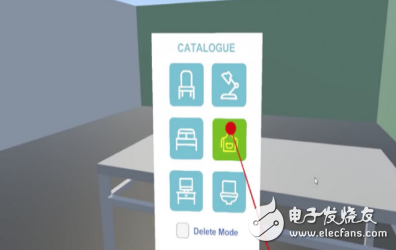
We need a menu for the user to choose the home and a place to place the menu. We envision connecting it to the two buttons of the controller so that the user can get the menu whenever they need it. But we are not sure if this is the best solution, because some users feel that an icon is always buzzing around, it is sometimes irritating, sometimes blocking some of the line of sight. As a result, we found this menu to work very well and no one complained about it.
Mike Alger is currently a Google VR designer who has published many great videos on VR design on YouTube: VR Interface Design Pre-VisualisaTIon Methods and VR Interface Design Manifesto.
In his introductory video, he explained why our early developers were able to do what we wanted to do, and I fully agreed with him.
“We do VR because we can create worlds and stories that others can explore, and explore the world that others have created. By understanding the world of others, we also know ourselves better.â€
Household Energy Storage System
Enershare's commitment to future-ready energy solutions for smart home innovations, Enershare's Energy Storage Systems create a flexible energy maintenance system for homeowners who want to take more control of their home energy use, it is intended to be used for home battery energy storage and stores electricity for solar self-consumption, load shifting, backup power, and off-the-grid use. you can use it anytime you want-at night or during an outage.
Home Energy System,Home Battery Storage 10Kwh,Residential Energy Storage Unit,Residential Energy Storage System,Battery Energy Storage Solutions,Home Energy Storage Systems
Shenzhen Enershare Technology Co.,Ltd , https://www.enersharepower.com